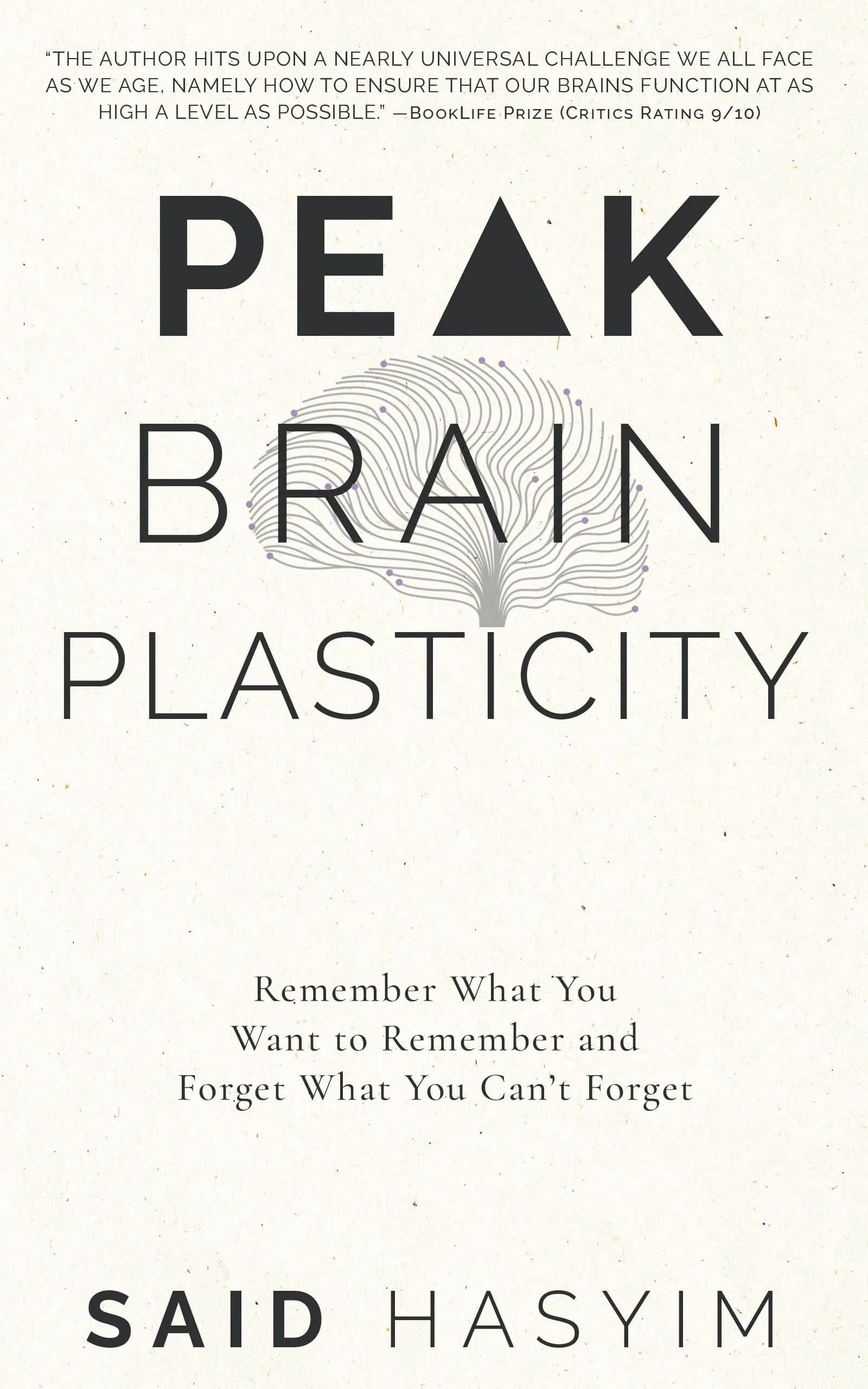Mind Mapping: A Tool for Better Memory
In our fast-paced world filled with an overwhelming amount of information, finding effective ways to remember and link concepts is more important than ever. One powerful technique that has gained popularity among students, professionals, and creative thinkers alike is mind mapping. This visual approach to organizing information not only enhances memory retention but also boosts creativity and productivity. In this blog post, we will explore what mind mapping is, its benefits, how to create effective mind maps, and tips for maximizing their effectiveness.
What is Mind Mapping?
Mind mapping is a visual representation of information that helps you organize and relate ideas, concepts, and tasks. It uses a non-linear layout compared to traditional note-taking methods, allowing for a more natural flow of thoughts. A mind map typically begins with a central idea and branches out to sub-ideas, which can then be further subdivided. This structure mirrors the way our brains process information, making it a potent tool for enhancing memory and comprehension.
Benefits of Mind Mapping
1. Improved Memory Retention
One of the primary advantages of mind mapping is its ability to improve memory retention. The visual nature of mind maps combines images, colors, and words, making them more engaging than traditional linear notes. Research has shown that our brains are wired to remember visuals better than text, making mind maps an excellent tool for memorizing complex information.
2. Enhanced Creativity
Mind mapping encourages free thinking and creativity. By allowing ideas to flow in any direction, mind maps foster a more spontaneous approach to brainstorming and problem-solving. The non-linear nature of mind mapping allows you to make connections between seemingly unrelated concepts, leading to innovative solutions and ideas.
3. Better Organization of Information
Mind maps provide a clear structure that makes it easier to organize information. Rather than having a dense block of text, a well-constructed mind map breaks down concepts into manageable chunks. This organization helps in making sense of complex topics and can clarify relationships between different pieces of information.
4. Increased Productivity
Using mind maps can boost productivity by helping you prioritize tasks and ideas effectively. By visually sorting tasks, you can quickly identify what needs to be done first. This clarity can instill a sense of purpose and direction, which is vital for achieving goals.
5. Comprehensive Overview
Mind maps provide a comprehensive overview of topics, enabling you to visualize the big picture. This holistic view is particularly useful when studying complex subjects, as it highlights connections and interdependencies that might be missed in a linear approach.
How to Create Effective Mind Maps
Creating a mind map is a simple yet creative process. Here’s a step-by-step guide to help you get started:
Step 1: Start with a Central Idea
Begin by identifying the central theme or concept you want to explore. Write it down in the center of your page and encircle it. This could be a subject you’re studying, a project you’re working on, or a problem you want to solve.
Step 2: Branch Out
From the central idea, draw branches that represent the main categories or sub-topics related to your theme. Use keywords or short phrases for clarity. Keep these branches thick and bold to make them visually engaging.
Step 3: Expand Further
For each sub-topic, create smaller branches for additional details, ideas, or related concepts. Continue this process of branching out as far as you need to explore the subject matter comprehensively. Use different colors for each branch to enhance visual appeal and help differentiate various ideas.
Step 4: Use Visual Elements
Incorporate images, symbols, and illustrations to make your mind map visually stimulating. Visual elements help reinforce memory and understanding. You can also use arrows or lines to highlight connections between different branches or ideas.
Step 5: Review and Revise
Once your mind map is complete, take a moment to review it. Make sure it accurately reflects your thoughts and includes all relevant information. Don’t hesitate to add, remove, or rearrange elements for better clarity and organization.
Tips for Maximizing the Effectiveness of Mind Maps
Keep It Simple: Avoid cluttering your mind map with too much information. Stick to key concepts and phrases to maintain clarity.
Use Colors and Shapes: Different colors can help categorize information and make connections easily recognizable. Additionally, incorporating various shapes can add an extra layer of organization.
Practice Regularly: The more you practice mind mapping, the better you will become at it. Over time, you’ll develop your own style and techniques that work best for you.
Make It Personal: Customize your mind maps according to your preferences. Add your unique flair, symbols, or shorthand that resonate with you.
Combine Techniques: Mind mapping works well in conjunction with other memory techniques. You can complement your mind maps with flashcards, summaries, or even digital tools designed for creating mind maps.
Conclusion
Mind mapping is a versatile and effective tool that can significantly enhance your memory, creativity, and productivity. By visualizing information and organizing it in a way that resonates with how our brains function, mind maps provide a dynamic approach to learning and thinking creatively. Whether you’re studying for an exam, brainstorming for a project, or simply trying to make sense of overwhelming information, mind mapping is a technique worth incorporating into your routine. So grab a piece of paper or a digital tool, unleash your creativity, and start mapping out your thoughts today!
Feel free to share your experiences with mind mapping in the comments below! What techniques have worked best for you? Do you have any tips for beginners? Let's learn from each other!
Harness the Power of Neuroplasticity
Discover Peak Brain Plasticity, a practical book to harnessing neuroplasticity. Enhance your memory, learn new languages quickly, and alleviate anxiety with effective study methods. Uncover daily habits that impact cognitive health and explore techniques for accelerated learning and memory retention. Unlock your brain's potential for growth and transformation.
